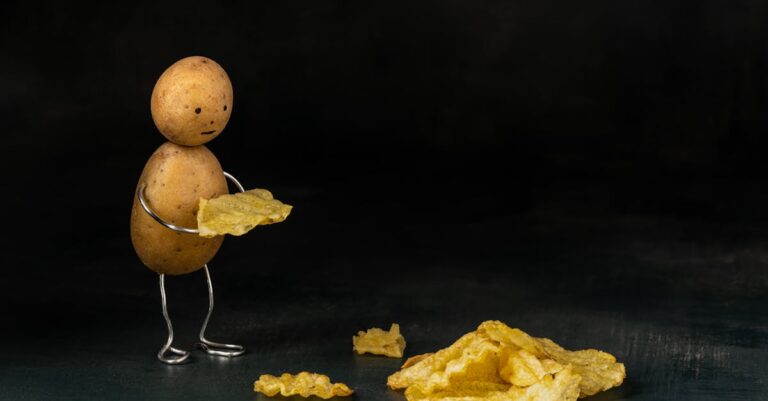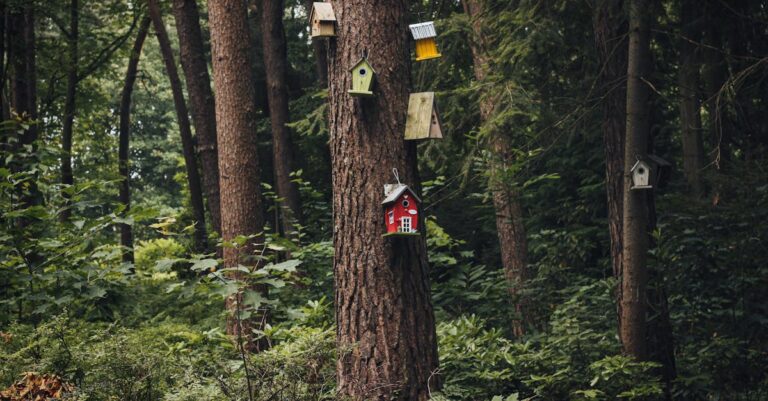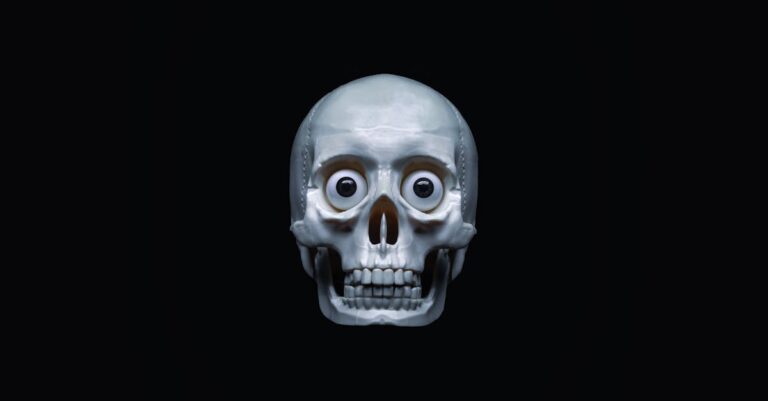
Clive stood atop a wobbly ladder, duct tape snaking around his fingers like a nervous python. His masterpiece—a 12-foot-tall “Sculpture of Human Aspiration”—wobbled perilously above the community center lawn. “This is art, not a nap!” he barked at Mrs. Pritchard, who’d dared to suggest the framework resembled a melted microwave.
The sculpture was a haphazard marriage of cardboard tubes, bubble wrap, and a stolen lawn chair. Clive had glued 378 straws to mimic “dynamic tension” and draped 147 feet of aluminum foil for “modern sheen.” When the wind gusts arrived, the structure lurched sideways, toppling into a pile of existential dread. The foil shimmered like a defeated superhero’s cape.
“I planned for this!” Clive shouted, mid-fall, as the lawn chair disintegrated. A child nearby giggled, pointing at the wreckage. “It’s a robot!” she declared. The crowd erupted in applause, mistaking the chaos for avant-garde.
Clive, face-down in a puddle of craft glue, mumbled, “Next time… I’ll use better adhesives.” But by sunset, the pile of debris had become a local landmark—”The Heap of Hope”—with tourists snapping photos and leaving mini flags. Clive, now a folk hero, sipped lukewarm coffee, wondering if failure was just art’s way of saying, “You’re doing it wrong, but keep trying.”



